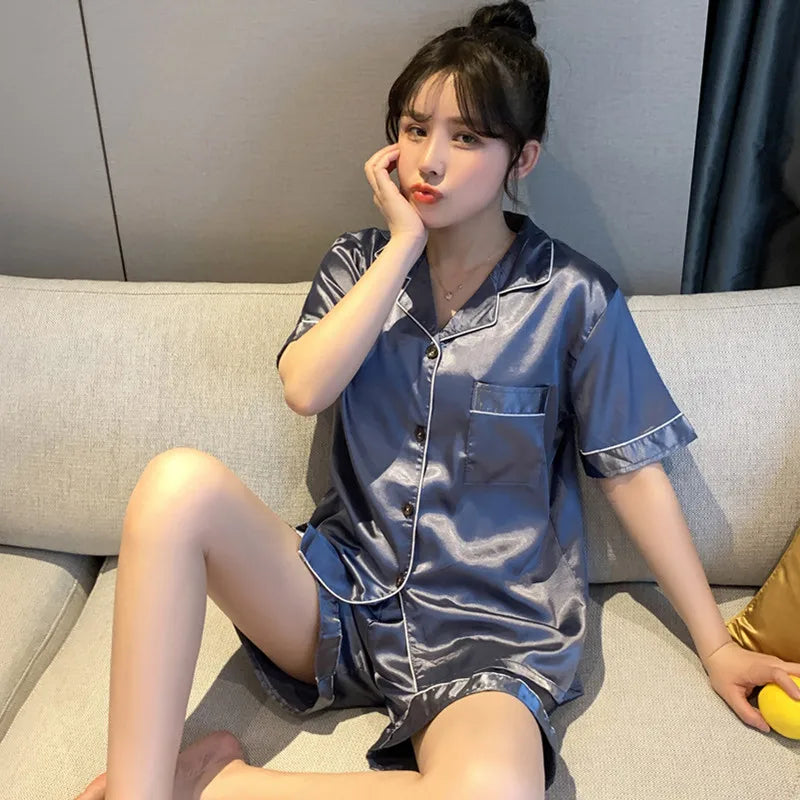How Many 0-3 Month Onesies Do I Need? A Comprehensive Guide for New Parents
Table of Contents
- Introduction
- The Basics of Baby Clothing Needs
- Estimating the Right Number of Onesies
- Seasonal Considerations for 0-3 Month Onesies
- Exploring Fabric Choices
- Practical Tips for Shopping for Onesies
- Conclusion
- FAQ Section
Introduction
As new parents, we often find ourselves enamored by the endless array of adorable baby clothes available—from tiny dresses to cute booties. Yet, amidst the excitement of preparing for our little one’s arrival, we face a daunting question: how many 0-3 month onesies do we really need? This inquiry is not just about numbers; it reflects our desire to balance practicality with the joy of dressing our newborn in the cutest outfits possible.
In the early days, babies can go through several outfits a day due to spit-ups, diaper blowouts, and other messes. Therefore, understanding how many onesies to stock up on is crucial for both our sanity and our baby's comfort. Not only does this guide aim to provide clarity on the ideal quantity of 0-3 month onesies, but it also explores essential factors such as growth patterns, laundry routines, and seasonal considerations.
By the end of this post, we will have a clearer understanding of the right amount of onesies to have on hand, ensuring that our little ones are comfortable and stylish without overwhelming our closets. We will also delve into the types of fabrics, styles, and overall comfort that should guide our purchasing decisions.
Let’s embark on this journey together as we explore the world of baby clothing essentials, ensuring that our babies are dressed to impress while remaining cozy and cared for.
The Basics of Baby Clothing Needs
Understanding Onesies: A Baby Wardrobe Staple
Onesies, also known as bodysuits, are a fundamental component of any newborn's wardrobe. Typically designed as one-piece garments that cover the body and fasten at the bottom, they provide ease of dressing and undressing, making diaper changes a breeze. Their versatility allows them to be worn alone or layered under other clothing, adapting to various weather conditions.
Types of Onesies:
- Short Sleeve: Ideal for warmer weather, these onesies keep babies cool while allowing freedom of movement.
- Long Sleeve: Perfect for cooler days, long-sleeve onesies offer extra warmth and protection.
- Envelope Neckline: This design allows for easy changes, especially during messy situations, by pulling down instead of over the head.
- Kimono Style: A wrap-around design that is great for newborns with sensitive umbilical cords, making dressing easier and more comfortable.
- Integrated Mittens: These onesies have fold-over flaps that keep babies from scratching themselves while maintaining warmth.
The Growth Rate of Newborns
Babies grow at an astonishing rate, particularly within the first few months. Most infants will transition from the newborn size to 0-3 months clothing within just a few weeks. For this reason, it's essential to plan wisely and avoid over-purchasing.
Average Growth Patterns:
- By the end of the first month, many babies will weigh between 8-12 pounds, fitting comfortably into 0-3 month onesies.
- By three months, it’s common for babies to transition to 3-6 month sizes, making the lifespan of 0-3 month clothing relatively short.
Estimating the Right Number of Onesies
Daily Outfit Changes
One of the primary factors influencing how many 0-3 month onesies we need is how many outfits a baby goes through in a day. Due to frequent diaper changes and possible spit-ups, many parents find that their little ones require at least 2-3 outfits daily.
Calculating the Quantity:
- If we expect our baby to go through 2 outfits a day and do laundry every three days, a minimum of 6 onesies is advisable.
- To be on the safer side and accommodate unexpected messes, we recommend having around 10-14 onesies in the 0-3 month size range.
Considerations for Laundry Frequency
The frequency with which we do laundry plays a significant role in determining how many onesies we should have. For parents who prefer to wash clothes every few days, having a larger collection of onesies is beneficial. Conversely, those who do laundry daily may require fewer outfits.
Practical Example:
- Daily Laundry: If we do laundry every day, having 5-7 onesies may suffice.
- Laundry Every 3 Days: In this case, we should aim for 10-14 onesies to ensure we have enough on hand.
Seasonal Considerations for 0-3 Month Onesies
Dressing for Different Weather Conditions
The season in which our baby is born significantly affects the types of clothing we should purchase. For instance, winter babies will require more layers, while summer babies may need lighter options.
- Spring/Summer: Short-sleeve onesies made from breathable fabrics like cotton are ideal. Consider having a mix of both short and long-sleeve options to adjust for cooler evenings.
- Fall/Winter: In addition to long-sleeve onesies, parents should consider layering with sleep sacks or thicker fabrics to keep the baby warm.
Exploring Fabric Choices
When selecting onesies, the quality of the fabric is just as important as the style. Babies have delicate skin that requires soft and breathable materials.
Recommended Fabrics
- Organic Cotton: A popular choice for its softness and sustainability, organic cotton onesies are gentle against a baby’s skin and less likely to cause irritation.
- Bamboo Fabric: Known for its hypoallergenic properties, bamboo fabric is also moisture-wicking and breathable, making it an excellent option for sensitive skin.
- Tencel Lyocell: This fabric is soft, breathable, and environmentally friendly, perfect for keeping babies comfortable throughout the day.
Practical Tips for Shopping for Onesies
What to Look for When Buying Onesies
When shopping for 0-3 month onesies, keep the following criteria in mind:
- Comfort: Ensure the fabric is soft and gentle against your baby's skin.
- Ease of Use: Look for designs that allow for quick and easy changes, such as envelope necklines and snap closures.
- Adjustability: Consider the fit and whether the onesie allows for movement as your baby grows.
Recommended Quantity to Purchase
Based on the factors discussed, we suggest aiming for 10-14 onesies in the 0-3 month size. This quantity balances the need for practicality with the possibility of unexpected messes.
Conclusion
Navigating the world of baby clothing can be overwhelming, especially when it comes to determining how many 0-3 month onesies we need. By considering daily outfit changes, laundry frequency, seasonal needs, and fabric choices, we can create a well-rounded wardrobe that keeps our little ones comfortable and stylish without overloading our storage.
Ultimately, the key is to strike a balance between having enough outfits to handle the inevitable messes while avoiding excessive purchases that may go to waste as our babies grow. With this knowledge in hand, we are better equipped to make informed decisions that cater to our baby's needs and our lifestyles.
FAQ Section
1. How quickly do babies grow out of 0-3 month onesies? Babies typically grow out of 0-3 month clothing within a few weeks to a couple of months, depending on their growth rate.
2. What is the average number of outfits a baby needs in this size? Most parents find that having 10-14 onesies in the 0-3 month size is ideal to accommodate daily changes and laundry schedules.
3. Should I buy a mix of short and long-sleeve onesies? Yes, it's advisable to have a mix of both to adapt to changing weather conditions, especially if your baby is born in a transitional season.
4. What materials are best for baby onesies? Opt for soft, breathable fabrics such as organic cotton, bamboo, or Tencel Lyocell to ensure comfort against your baby’s sensitive skin.
5. How often should I do laundry for my baby's clothes? This depends on personal preference, but many parents find doing laundry every few days is manageable, which can influence how many outfits you should have.
By following these guidelines, we can ensure our little ones are always comfortable and stylish in their 0-3 month onesies, while enjoying the precious moments of their early days.



